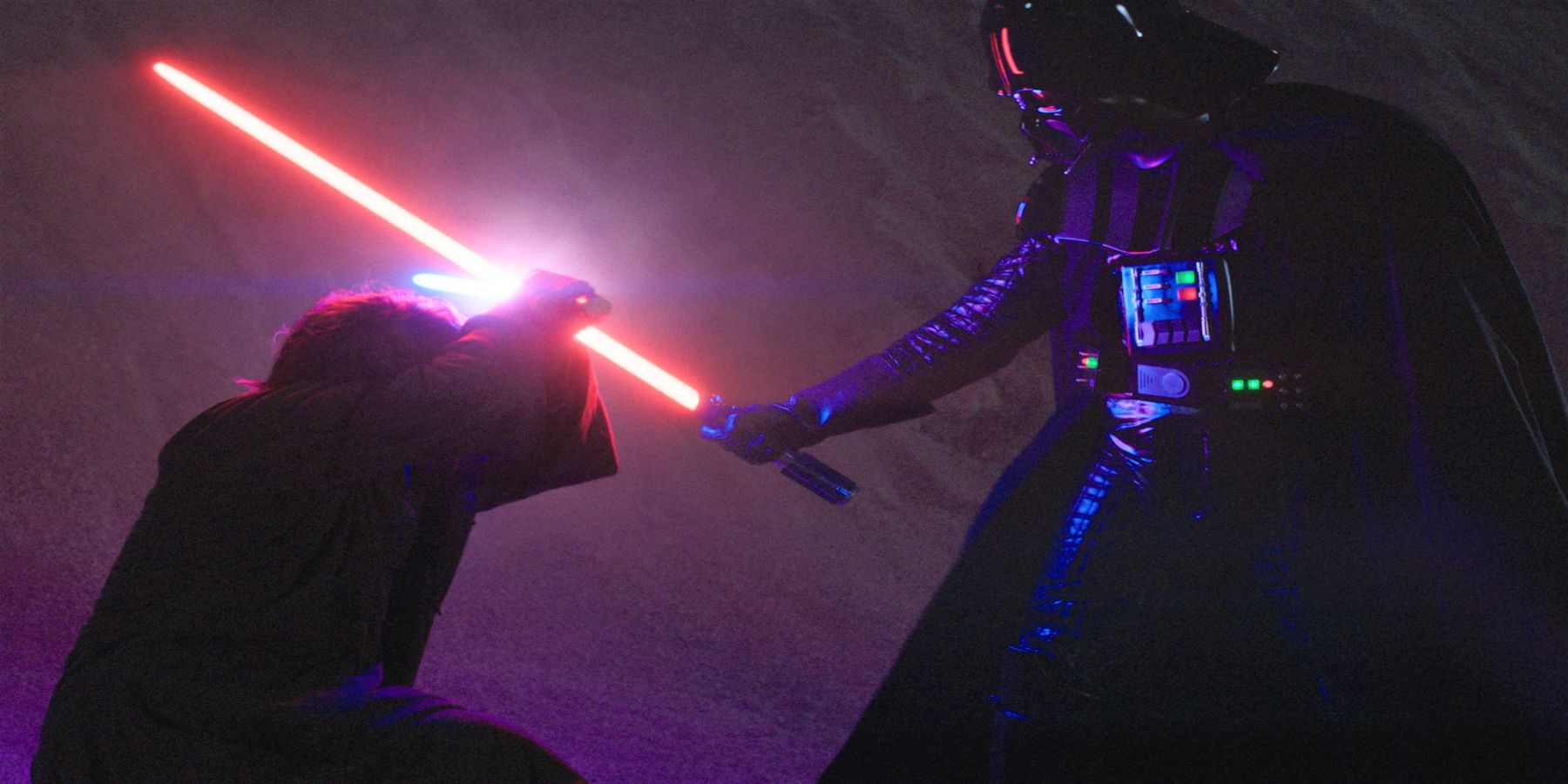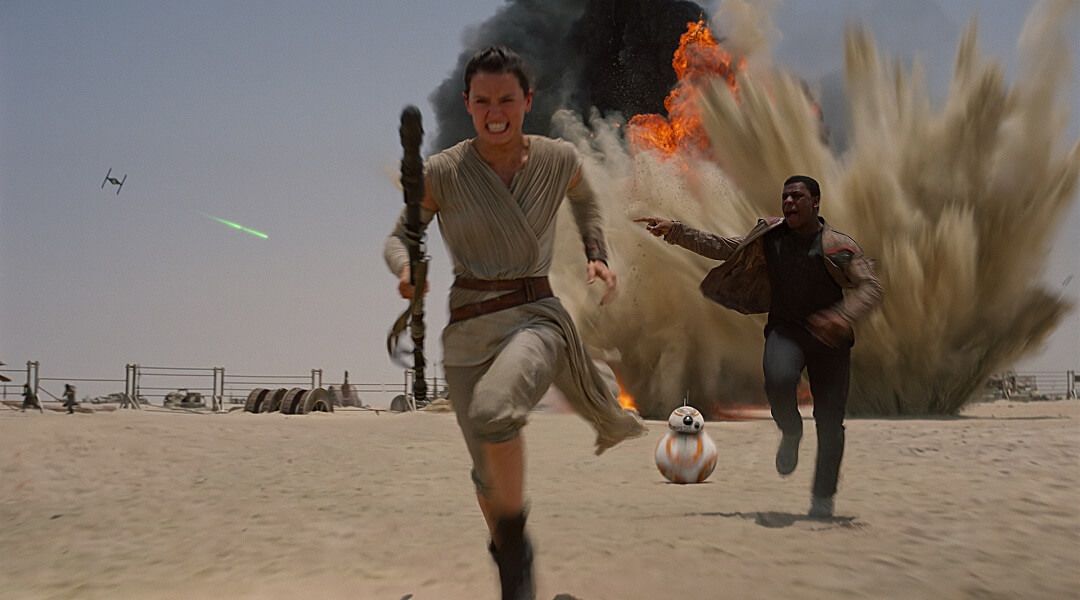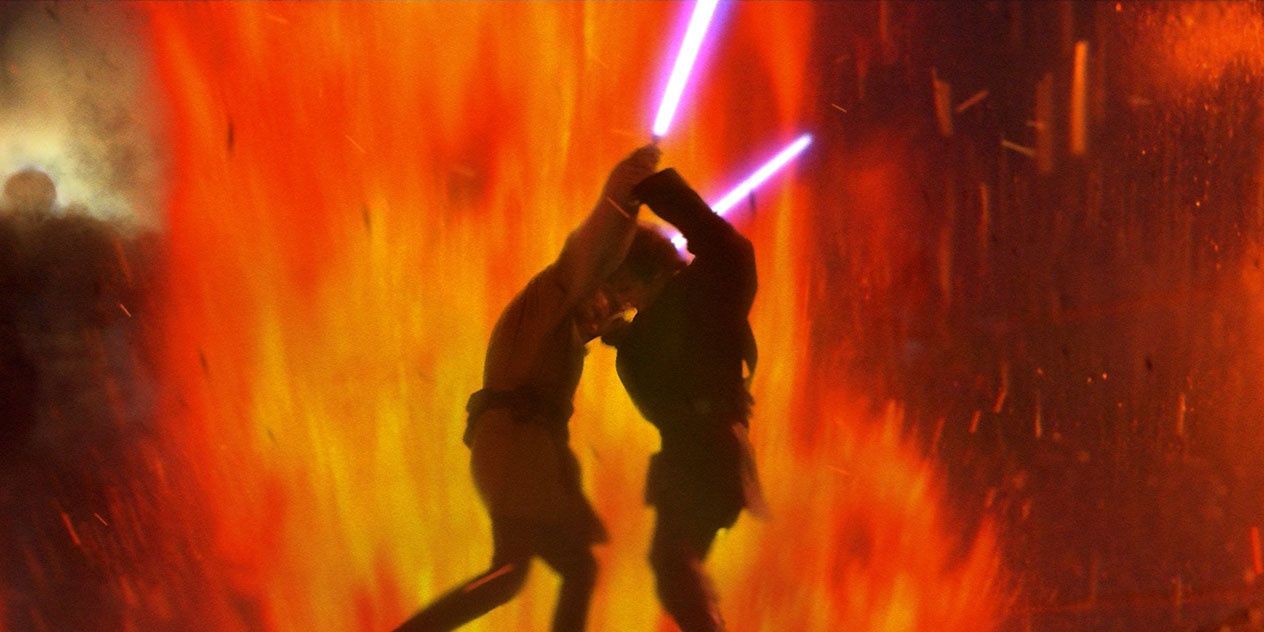Obi-Wan Kenobi has come and gone, and although it seems likely that a season two will arrive at some point, fans are still bittersweet at the conclusion of the limited series. The show brought back Ewan McGregor in the title role, a character that he first played all the way back in 1999’s The Phantom Menace. The ending even reunited him with his former master, Qui-Gon Jinn, once again played by Liam Neeson.
The Phantom Menace was one of the most highly anticipated movies of all time, and it was ultimately a vastly different film than many audiences were expecting. The story was extremely intricate with its trade dispute plot, a far more complex story than any of the original trilogy films had. The confusion brought on by the trade dispute on Naboo is something that still remains amongst fans of the Star Wars franchise. Just as this plot was unexpected to many, so were the visuals, which relied heavily on green and blue screens and CGI.
Star Wars moved away from that once Disney bought the franchise, but as the prequel renaissance continues in this modern era, characters and plots like Obi-Wan are returning, albeit closer in the timeline to the original three films. Despite the return of these prequel era elements, the visuals and art design are two aspects that the creators have clearly strived to find a middle ground for, carefully avoiding overcomplications in the look of these projects while also making sure that some designs, like Mustafar or Coruscant, remain in all their glory. Ultimately, Obi-Wan Kenobi achieved this middle ground with its visuals and art design. It balances the style of the prequels and the original trilogy perfectly, something that works even more so in that the title is set right in the middle of Revenge of the Sith and A New Hope.
With the sequel trilogy in particular, Star Wars moved away from what some perceived to be excessive usage of green screens and CGI with the sequel trilogy in particular. The Force Awakens, despite having a large number of special effects shots, used this modern technology in a such a way as to make the movie look more realistic. It was, ultimately, the realism of the visual style of the first three movies in the franchise that so many people were attracted to, and this went a long way to help them to become hardcore fans.
The Last Jedi had more overt CGI than its predecessor, as some planets like Crait are simply impossible to create without some degree of VFX work, but this film ultimately kept the same sort of visual style as Episode VII and, therefore, the original trilogy. Jakku, Pasaana, Starkiller Base, Canto Bight, and more are all sequel trilogy worlds that were shot mostly, or entirely, on location without too much CGI. Given that the sequels are the follow-up movies of the original trilogy, it makes sense to utilize this consistent visual style across the board.
George Lucas’ idea of having such a contrasting visual and art style in the prequels was based around the concept of the earlier films being set in the heyday of the Jedi, before they were destroyed by Palpatine and the Sith and overtaken by the Empire. Because of this, the technology was more advanced, the worlds were bigger and grander, the side of the galaxy shown in the three films was more rich and impressive than the more seedy and shady world of the original films. However, for many fans, it was a jarring departure from the Star Wars setting they knew and loved.
Just as many fans’ opinions on the prequels changed, so did their thoughts on this visual style. Today, fans often go wild for elements of this visual style like Mustafar and its unique design, for example. This first occurred in Rogue One, where audiences were ecstatic at seeing the planet where Obi-Wan and Anakin fought. Mustafar returned in Obi-Wan Kenobi, and once again audiences seemed to love seeing the lava planet once again. However, this series is set ten years after Revenge of the Sith and nine years before A New Hope, so to carry the visual style from the prequels over completely would be jarring. It would only add to the disconnect between the two trilogies that many complained about in the past.
The creative team of Obi-Wan Kenobi rightly recognized this potential problem and were careful to find a middle ground between the two trilogies, and they did so perfectly. This is ultimately one of the biggest achievements of the series as a whole. It not only bridges the gap of the characters and their lives between these two trilogies but also shows the galaxy’s transition quite clearly. Other Star Wars projects like Rebels, Rogue One, and Solo were all largely mirroring the art design and style of the original trilogy, which makes sense and works within the context of canon, but this new series on Disney+ is a refreshing change in that it actually embraces the transition period that the galaxy is in at this point in time. The two visual styles are vastly different in many ways, and each have their positives, meaning that this was the right decision to blend the two for Obi-Wan Kenobi.



